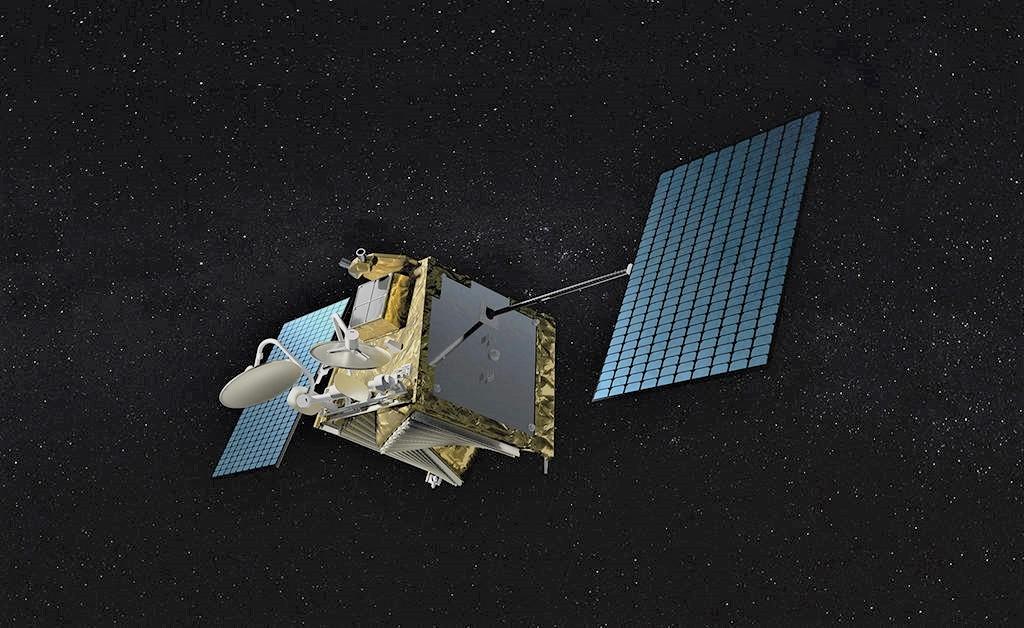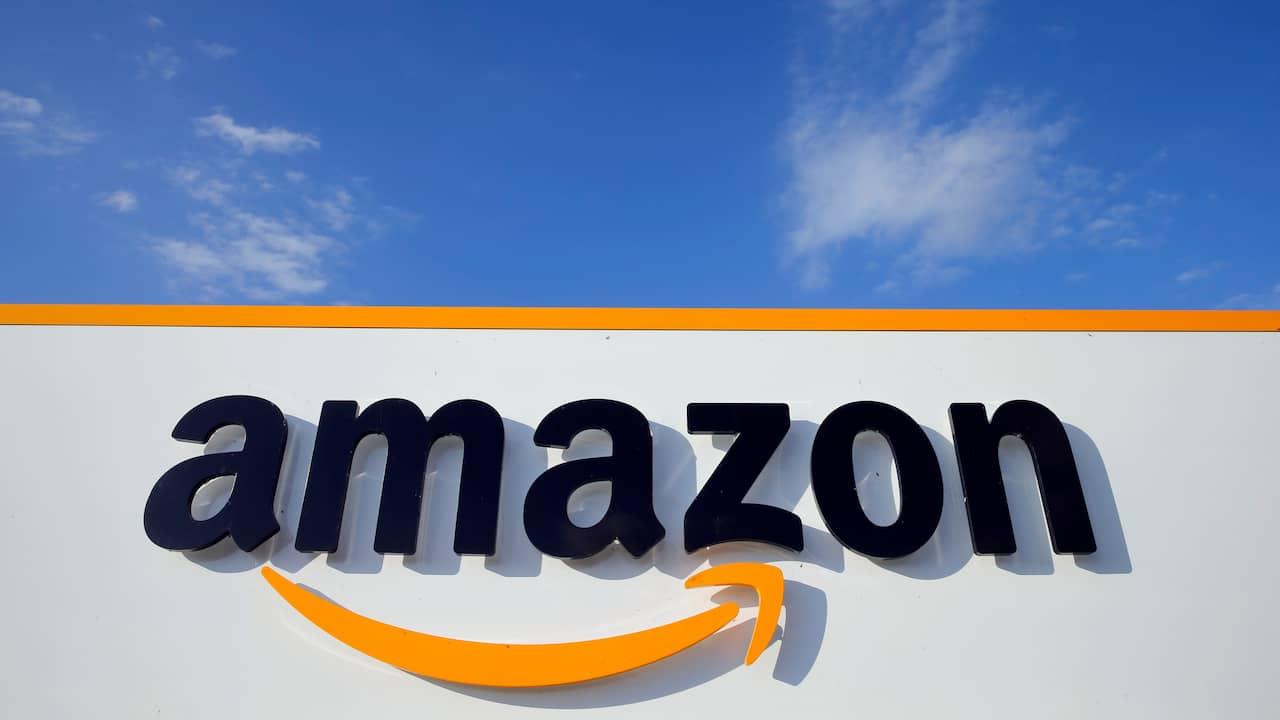Amazon’s Kuiper Initiative Promises Expanded Global Internet Access
Amazon’s latest satellite venture, part of it’s ongoing project to enhance global connectivity, is on the verge of a significant milestone.With the impending launch of its first batch of Kuiper satellites, the tech giant aims to bridge the digital divide that leaves millions underserved. The initiative promises to leverage a constellation of low-Earth orbit satellites designed to deliver high-speed internet access to remote areas where conventional infrastructure falls short. Some of the key features of the Kuiper system include:
- Global Coverage: The satellite network is engineered to provide reliable internet access across even the most isolated regions.
- High Speeds: Users can expect speeds comparable to existing broadband services, making remote work and education more viable.
- Affordability: amazon is committed to making this service cost-effective, thus encouraging wider adoption in emerging markets.
As the launch date approaches, anticipation grows around how this initiative will affect global internet equity. Expected to play a crucial role in empowering underserved communities, the Kuiper project incorporates advanced technology designed to enhance connectivity in previously unattainable locations. By addressing the challenges of latency and accessibility, Amazon seeks not only to revolutionize internet services but also to fuel economic growth and social inclusion worldwide. The potential benefits include:
- Improved Education: Access to online learning resources can transform educational opportunities for students in remote areas.
- Telehealth Services: Enhanced connectivity can facilitate telemedicine, bringing healthcare services within reach of those in need.
- Business Opportunities: Local entrepreneurs will have the tools to tap into online markets, driving economic development.

Technical innovations Behind the Launch of Kuiper’s First Satellites
The upcoming launch of Amazon’s Kuiper satellites showcases groundbreaking advancements in satellite technology. These innovations aim to enhance internet connectivity across remote regions of the world. Among the key components leading this conversion are:
- Next-Generation Propulsion systems: Designed for efficient maneuverability, these systems will allow precise satellite positioning and reduce operational costs.
- Advanced Phased Array Antennas: These antennas offer improved signal strength and bandwidth, ensuring high-speed internet access, even in challenging environments.
- AI-Powered Dialog Protocols: Utilizing artificial intelligence, these protocols optimize data routing and minimize latency, providing users with seamless connectivity.
- Modular satellite Architecture: This design philosophy facilitates easier upgrades and repairs, extending the lifespan of each satellite and ensuring ongoing service improvements.
Furthermore, the operational framework behind the Kuiper project incorporates innovative ground station networks, which are crucial for data transmission and management. The launch strategy also involves:
- Extensive Testing Regimens: Each satellite underwent rigorous testing to ensure resilience against the harsh conditions of space.
- Collaboration with Global Partners: By working with various stakeholders, Amazon is enhancing the functionality and reach of its satellite constellation.
- Real-Time Data Analytics: These analytics will monitor satellite performance and user experience, fostering continuous optimization post-launch.

Implications for Rural Connectivity and Competitive Landscape in Satellite Internet
the impending launch of Amazon’s first Kuiper internet satellites marks a pivotal moment for rural connectivity across the globe. With many underserved regions still grappling with unreliable internet access, this initiative coudl substantially bridge the digital divide.The potential benefits for rural areas include:
- Enhanced Reliability: Consistent and high-speed internet access can empower local businesses, educational institutions, and healthcare facilities.
- Economic Uplift: Improved connectivity may drive investment and foster entrepreneurship in regions previously overlooked by traditional internet providers.
- Educational Opportunities: Students in remote areas could significantly benefit from greater access to online resources, opening doors to advanced learning platforms.
As Amazon enters the fray, the competitive landscape for satellite internet is set to shift dramatically. The company joins major players like SpaceX’s Starlink and OneWeb, escalating pressure on existing services to improve performance and pricing. In this emerging market, companies will need to focus on:
- Innovative Pricing Models: Offering competitive rates will be essential for attracting users who may have previously opted for terrestrial options.
- Quality of Service: Gaining customer trust will hinge on delivering reliable service with minimal latency and robust support.
- Sustainability Initiatives: As environmental concerns grow, companies will likely vie for public favor through eco-friendly practices in satellite deployment and operation.

Expert Recommendations for Stakeholders in the Evolving Satellite Internet Market
As the satellite internet landscape becomes increasingly competitive with major players like Amazon preparing to launch their services, stakeholders need to adopt innovative approaches to thrive. Industry experts recommend that companies consider the following strategies to remain relevant and responsive in this dynamic surroundings:
- Emphasize user experience: Prioritize enhancing connectivity reliability and speed to capture a growing customer base, as performance will significantly impact user satisfaction.
- Forge strategic partnerships: Collaborate with technology providers and local internet service companies to expand reach and leverage existing infrastructures, allowing for more efficient service delivery.
- Invest in research and development: Continuously innovate by exploring advanced technologies, including artificial intelligence and machine learning, to optimize satellite operations and improve data transfer speeds.
In addition to these strategies, stakeholders should closely monitor regulatory developments and evolving consumer demands. To maintain a competitive edge, thay should also focus on:
- Adapting business models: Explore flexible pricing structures and subscription plans tailored to different market segments, making satellite internet accessible to a broader audience.
- Enhancing marketing strategies: Clearly communicate the unique selling points of satellite internet services, highlighting advantages over traditional broadband to attract potential customers.
- Fostering community engagement: Build trust and brand loyalty through community outreach and feedback mechanisms, ensuring that services align with consumers’ needs and expectations.
